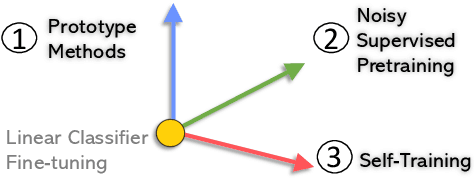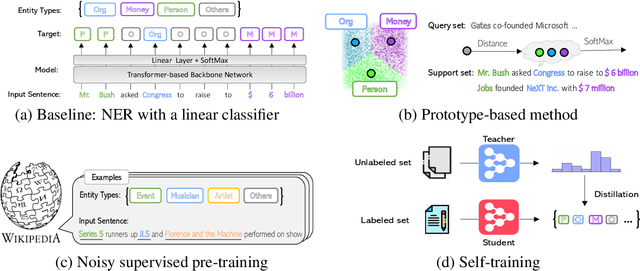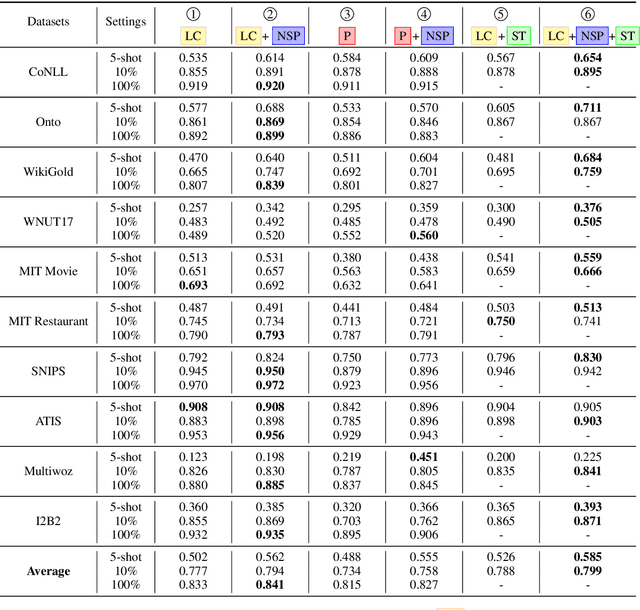Shobana Balakrishnan
RLTHF: Targeted Human Feedback for LLM Alignment
Feb 19, 2025



Abstract:Fine-tuning large language models (LLMs) to align with user preferences is challenging due to the high cost of quality human annotations in Reinforcement Learning from Human Feedback (RLHF) and the generalizability limitations of AI Feedback. To address these challenges, we propose RLTHF, a human-AI hybrid framework that combines LLM-based initial alignment with selective human annotations to achieve full-human annotation alignment with minimal effort. RLTHF identifies hard-to-annotate samples mislabeled by LLMs using a reward model's reward distribution and iteratively enhances alignment by integrating strategic human corrections while leveraging LLM's correctly labeled samples. Evaluations on HH-RLHF and TL;DR datasets show that RLTHF reaches full-human annotation-level alignment with only 6-7% of the human annotation effort. Furthermore, models trained on RLTHF's curated datasets for downstream tasks outperform those trained on fully human-annotated datasets, underscoring the effectiveness of RLTHF's strategic data curation.
Few-Shot Named Entity Recognition: A Comprehensive Study
Dec 29, 2020



Abstract:This paper presents a comprehensive study to efficiently build named entity recognition (NER) systems when a small number of in-domain labeled data is available. Based upon recent Transformer-based self-supervised pre-trained language models (PLMs), we investigate three orthogonal schemes to improve the model generalization ability for few-shot settings: (1) meta-learning to construct prototypes for different entity types, (2) supervised pre-training on noisy web data to extract entity-related generic representations and (3) self-training to leverage unlabeled in-domain data. Different combinations of these schemes are also considered. We perform extensive empirical comparisons on 10 public NER datasets with various proportions of labeled data, suggesting useful insights for future research. Our experiments show that (i) in the few-shot learning setting, the proposed NER schemes significantly improve or outperform the commonly used baseline, a PLM-based linear classifier fine-tuned on domain labels; (ii) We create new state-of-the-art results on both few-shot and training-free settings compared with existing methods. We will release our code and pre-trained models for reproducible research.
 Add to Chrome
Add to Chrome Add to Firefox
Add to Firefox Add to Edge
Add to Edge